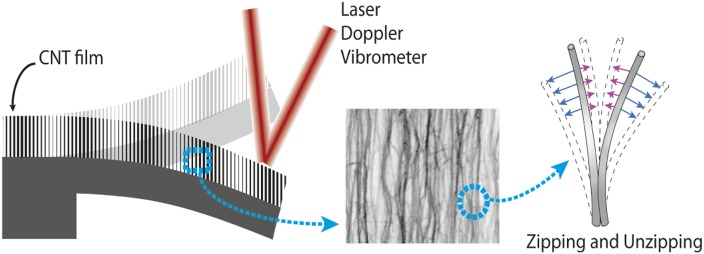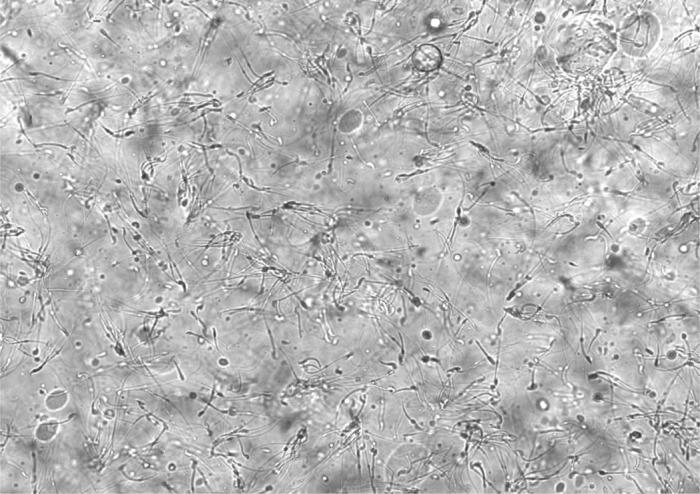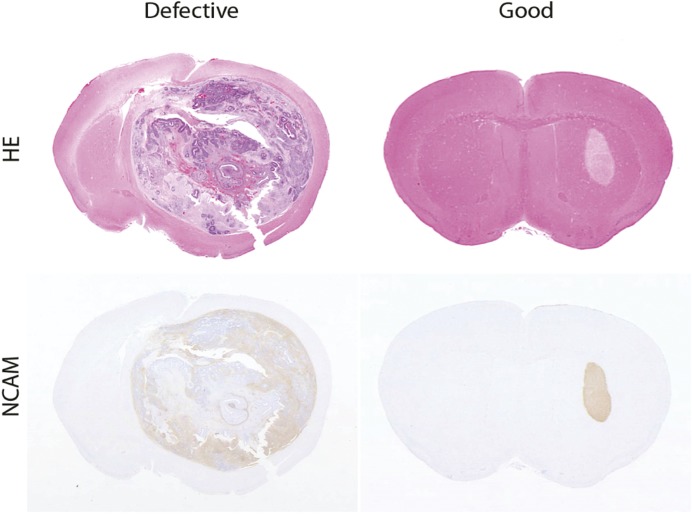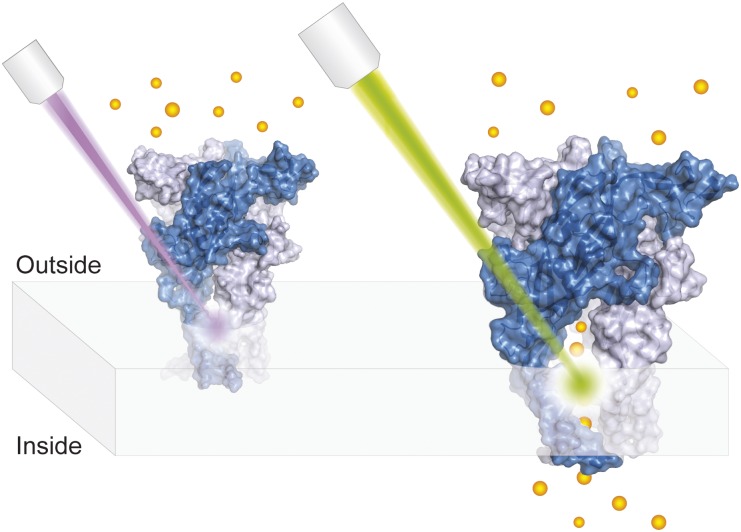Zipping, entanglement key to carbon nanotube films’ unusual properties

Interactions between adjacent nanotubes in a single-walled nanotube film.
To convert heat into electricity, technologies such as solar thermal devices and others that recover automotive waste heat must efficiently transfer heat across interfaces. Subject to large and repetitive thermomechanical stresses, these interfaces must exhibit both a high thermal conductivity and mechanical compliance, but these two properties rarely coincide in naturally occurring materials. Based on previous studies suggesting that multiwalled carbon nanotube (CNT) films exhibit both a high thermal conductivity and mechanical compliance, Yoonjin Won et al. (pp. 20426–20430) devised a microfabricated resonator method to examine single-walled CNT films and measure the materials’ in-plane modulus, a critical metric of stiffness. Using computer simulations, the authors identified nanoscale deformation mechanisms of this unusual class of materials as well as the relative contributions from bending and stretching of individual nanotubes and van der Waals interactions between nanotubes. Furthermore, the authors show that during deformation adjacent nanotubes zip and unzip according to the degree of alignment and entanglement between them, thus governing the spatial variations in the local modulus. Understanding the relationship between film morphology and mechanical modulus can help researchers engineer materials with breakthrough combinations of mechanical and thermal properties, according to the authors. — T.J.
Parsing the differences between adult- and embryo-derived stem cells
Differentiating between adult- and embryo-derived stem cells.
Human induced pluripotent stem cells (hiPSCs) are promising tools for regenerative medicine, but their utility hinges in part on their molecular and genetic similarity to human embryonic stem cells (hESCs). Some studies have found no differences between hiPSCs and hESCs, whereas others have reported differences in the cells’ gene expression, DNA methylation, and capacity for differentiation. Michiyo Koyanagi-Aoi et al. (pp. 20569–20574) addressed the discrepancy by comparing the mRNA and microRNA expression levels, as well as the DNA methylation patterns, of 10 hESCs and 49 hiPSCs cultured under identical conditions. The authors found that hiPSCs and hESCs exhibit largely overlapping variations in gene expression and DNA methylation patterns. However, a subset of hiPSC lines displayed aberrant gene expression and less efficient differentiation into specialized cell types, the authors report. Upon stimulating the pluripotent stem cells to differentiate into neural cells, the authors found that the abnormal subsets of hiPSC lines formed teratomas when transplanted into mouse brains. According to the authors, the findings uncover a subset of hiPSC lines with aberrant gene expression and defective potential in neural differentiation—properties that should be identified and eliminated before the cells are used in regenerative medicine applications. — A.G.
Genetic link between HIV control and Crohn disease
Humans with HIV who harbor certain genetic variations in the HLA-C gene are thought to better control the retrovirus but face an increased risk of the inflammatory condition called Crohn disease, though a direct genetic link has remained elusive. Smita Kulkarni et al. (pp. 20705–20710) attempted to demonstrate the link between these diseases, variations in the HLA-C gene, and expression of a microRNA—miR-148a—thought to reduce expression of HLA-C. Previous findings revealed that miR-148a inhibits expression of HLA-C alleles possessing an intact binding site in the 3’ untranslated region (3’ UTR), whereas so-called “escape” alleles, which contain a disrupted binding site, are not affected by miR-148a. In the current study, the authors measured the expression of HLA-C mRNA and miR-148a expression in 256 healthy participants, and assessed the combined effects of the HLA-C 3’UTR variation and the MIR148A genotype on the control of retroviral load in 2,918 HIV-positive patients. After accounting for potentially confounding effects by other HLA genes, the authors find that variations in the levels of miR-148a expression among the participants exert significant and opposing effects on HIV control versus the risk of Crohn disease. According to the authors, the findings illustrate how genetic interactions can affect disease-related immune responses — A.G.
HIV-1 persistence in patients on long-term antiretroviral therapy
Combination highly active antiretroviral therapy (cART) suppresses the levels of HIV-1 in the blood but does not completely eradicate the virus. To better understand the mechanisms underlying HIV-1 persistence during cART, Lina Josefsson et al.(pp. E4987–E4996) analyzed HIV-1 DNA in naïve and memory CD4+ T cells and myeloid cells isolated from the blood and gut-associated lymphoid tissue (GALT)—likely reservoirs of the virus—of eight individuals who had been receiving cART for 4–12 years. The authors found that both memory and naïve T cells harbor HIV-1 DNA after long-term antiretroviral therapy. The authors also observed a greater frequency of infection in T cells collected from patients who initiated treatment more than a year after infection, compared with cells from patients who initiated treatment within 1–3 months after infection, suggesting that early initiation of therapy may result in a smaller HIV-1 reservoir. Furthermore, the HIV-1 populations in plasma prior to the initiation of cART were genetically similar to the populations in infected T cells isolated after 4–12 years of antiretroviral therapy. The authors estimated that the RNA sequences analyzed accumulated no more than three nucleotide substitutions during suppressive therapy. The findings suggest that viral replication is not the primary cause of HIV-1 persistence in patients receiving cART, according to the authors. — N.Z.
Controlling an ion channel gate with light
Illumination of neurons with visible light (green beam) opens the P2X2 channel (Right), allowing flux of cations (orange) and subsequent membrane depolarization, whereas UV light (blue beam) closes the pore (Left).
Optogenetic pharmacology, which involves tethering a light-sensitive ligand onto a genetically modified ion channel or receptor, enables precise control of the function of a specific ion channel or receptor with light. But the technique is technically demanding because it requires the design of a site-specific ligand for each genetically engineered target. To overcome this challenge, Damien Lemoine et al. (pp. 20813–20818) developedan approach called optogating, in which they used a generic, photoswitchable molecule to optically control the ATP-activated P2X2 ion channel. The authors generated single amino acid mutations in the transmembrane segment of the channel, expressed each mutant channel in cells grown in culture, and labeled the mutants with a positively charged, azobenzene-containing reagent that rapidly toggles between two configurations upon exposure to two specific wavelengths of light. Illumination of the cells with either wavelength of light caused some of the mutant channels to open, whereas others closed, the authors report. Furthermore, illumination of an ATP-insensitive version of one of the mutants, which the authors expressed in neurons grown in culture, induced a P2X2-like current and modulated the synaptic activity and action potential firing of the neurons. The method paves the way for precise studies of P2X2 signaling in the brain, and could potentially be extended to the study of other ion channels, the authors suggest. — N.Z.
Potential male contraceptive target identified in mice

Sperm extracted from male mice that lack α1A-adrenoceptor and P2X1-purinoceptor.
The hunt for male contraceptive targets has mainly focused on hormonal targets or mechanisms that render sperm dysfunctional, but such strategies have intolerable side effects such as altered sexual activity or irreversible changes in fertility. Carl White et al. (pp. 20825–20830) investigated whether blocking sperm transport results in male infertility. The authors genetically deleted the α1A-adrenoceptor and P2X1-purinoceptor—two proteins that mediate the contractility of the vas deferens and the transport of sperm from its storage site in the epididymis to the urethra during ejaculation—in mice. The authors report that double knockout male mice exhibited normal sexual behavior when paired with wild-type female mice but produced no pregnancies despite the occurrence of ejaculation during coitus; however, females failed to form a vaginal plug after mating, suggesting that the ejaculate lacked sperm. The authors found that sperm extracted from the epididymis of males were microscopically normal and produced normal offspring following fertilization of wild-type ova in vitro and implantation of the ova into foster mothers. The authors report that double knockout male mice appear to be free from major physiological and behavioral side effects, and suggest that blockade of the α1A-adrenoceptor and P2X1-purinoceptor may represent a potential dual target for the development of a pharmacological, nonhormonal, readily reversible method of male contraception. — N.Z.




